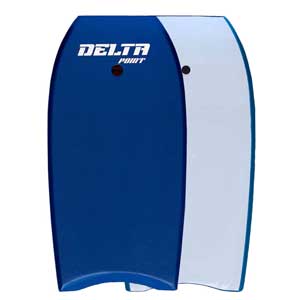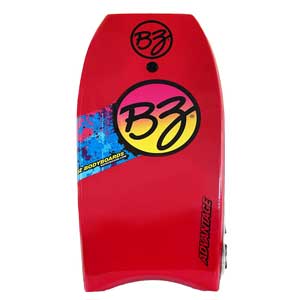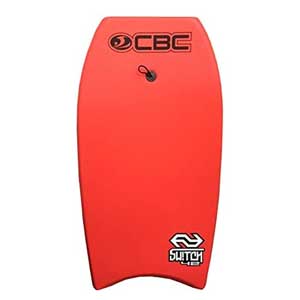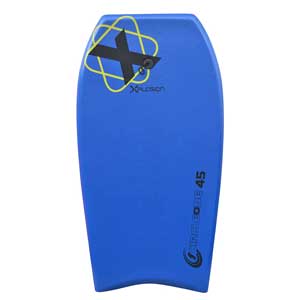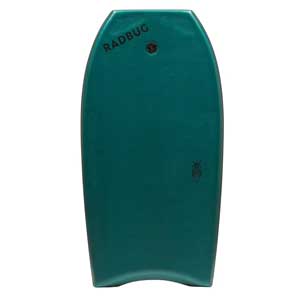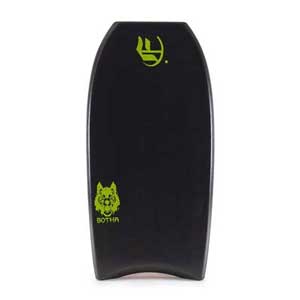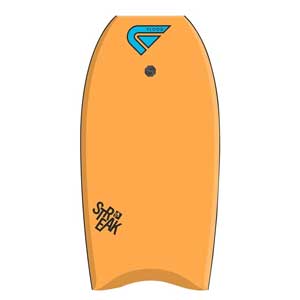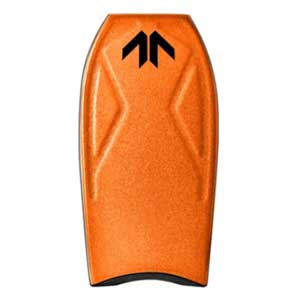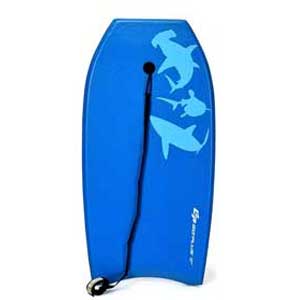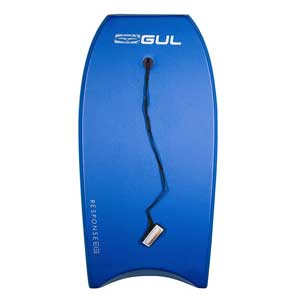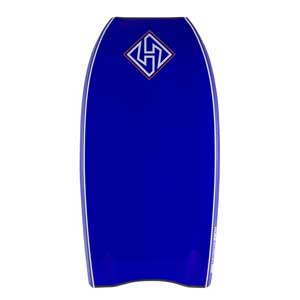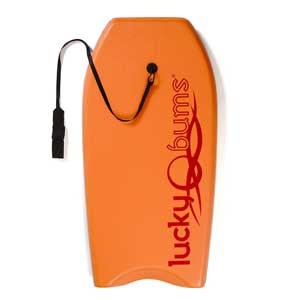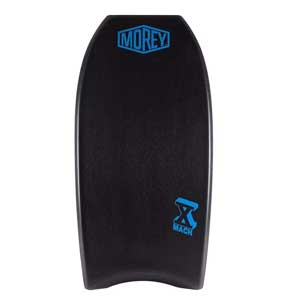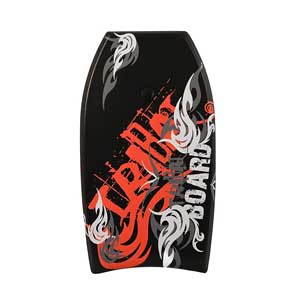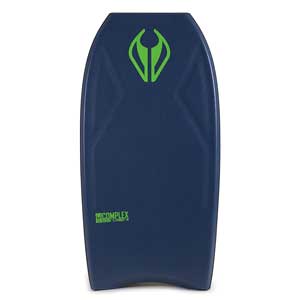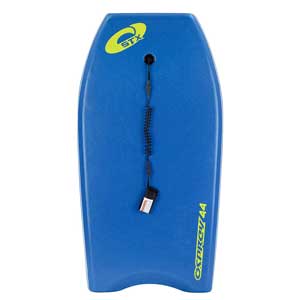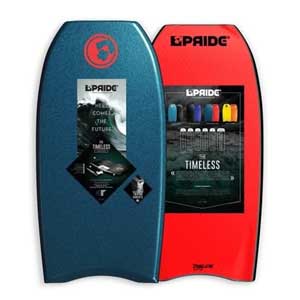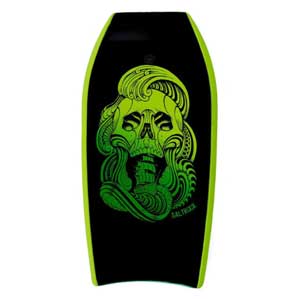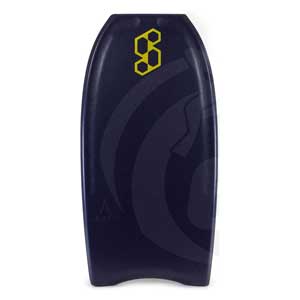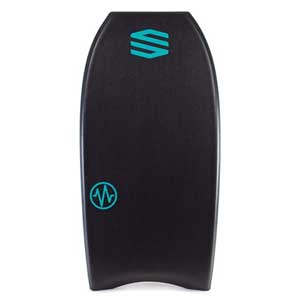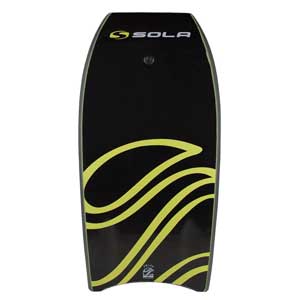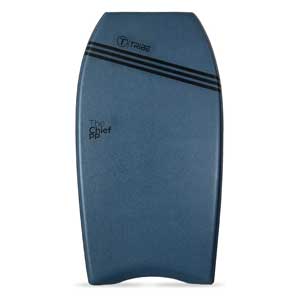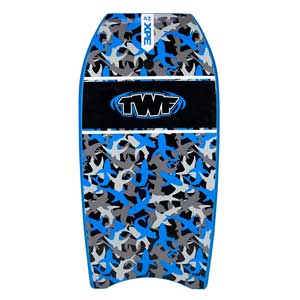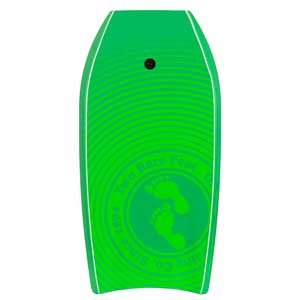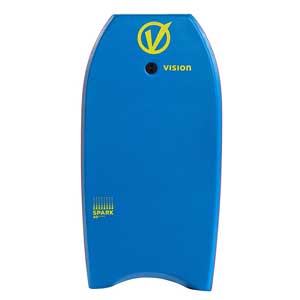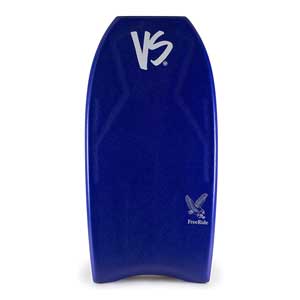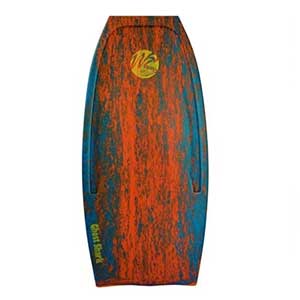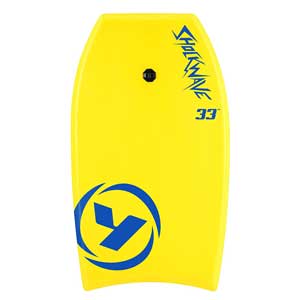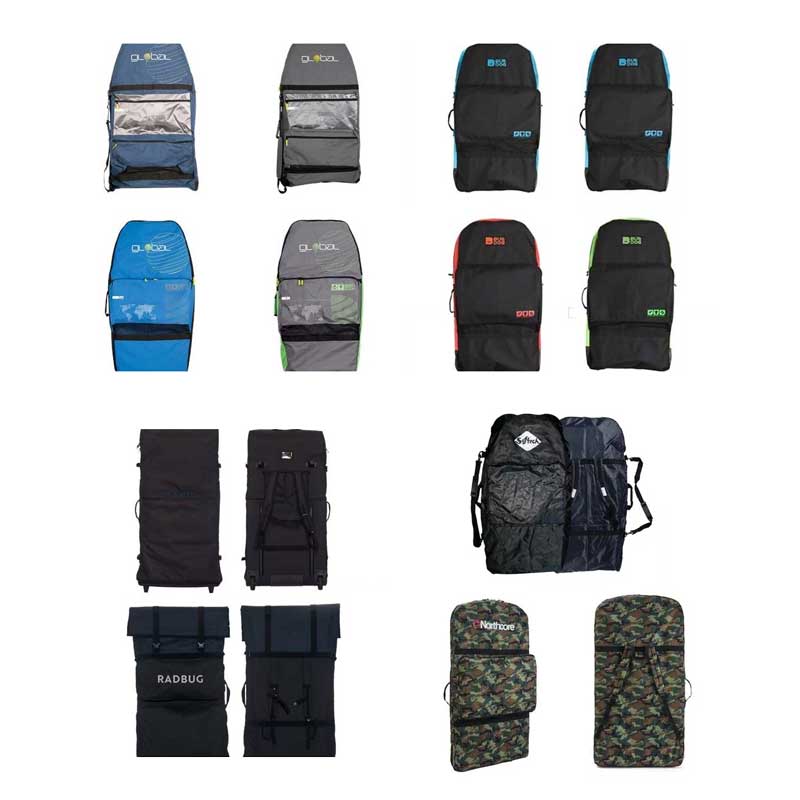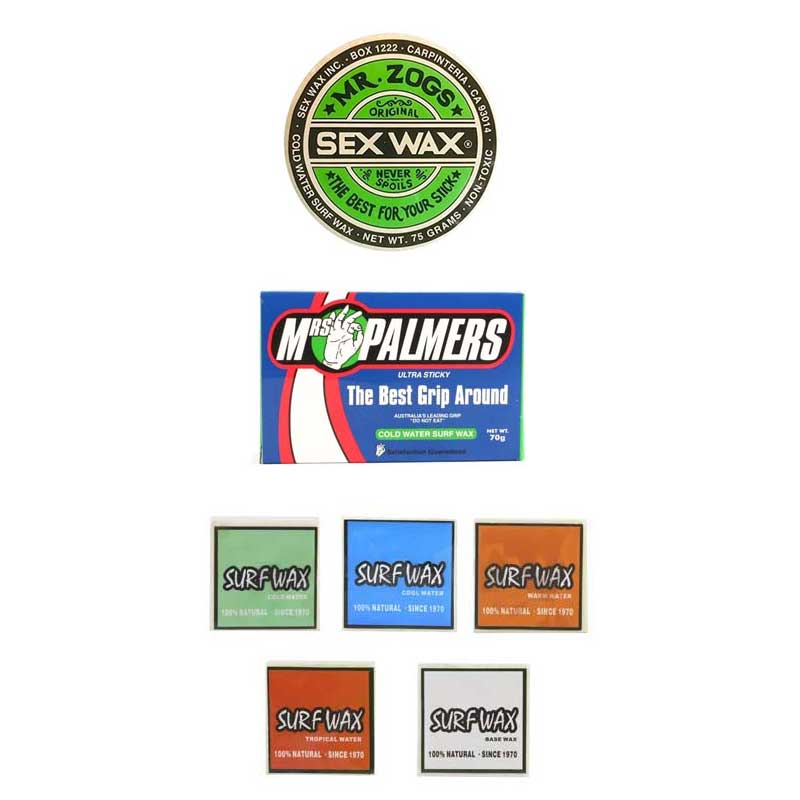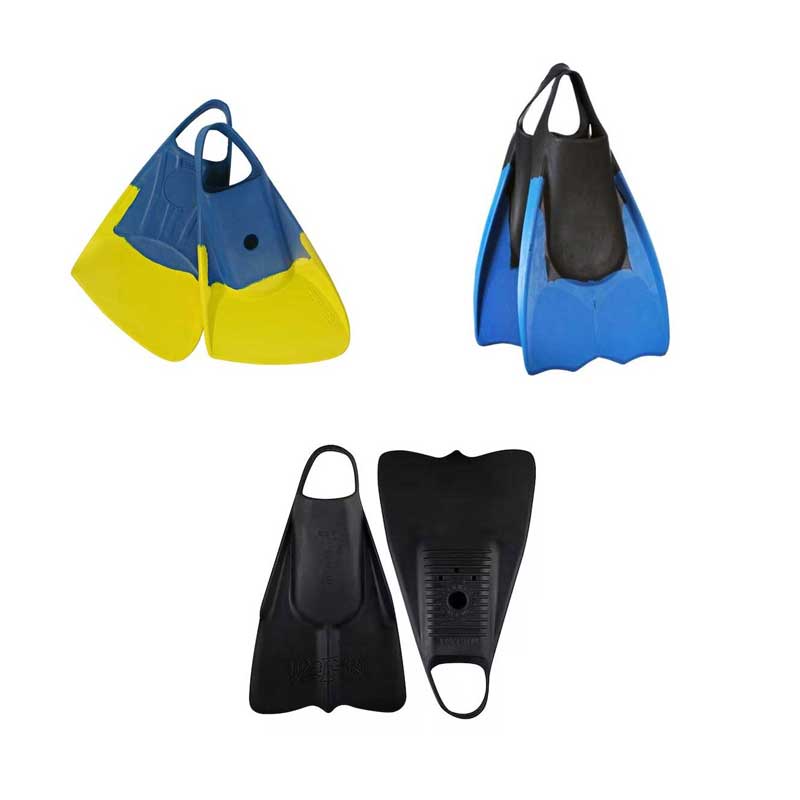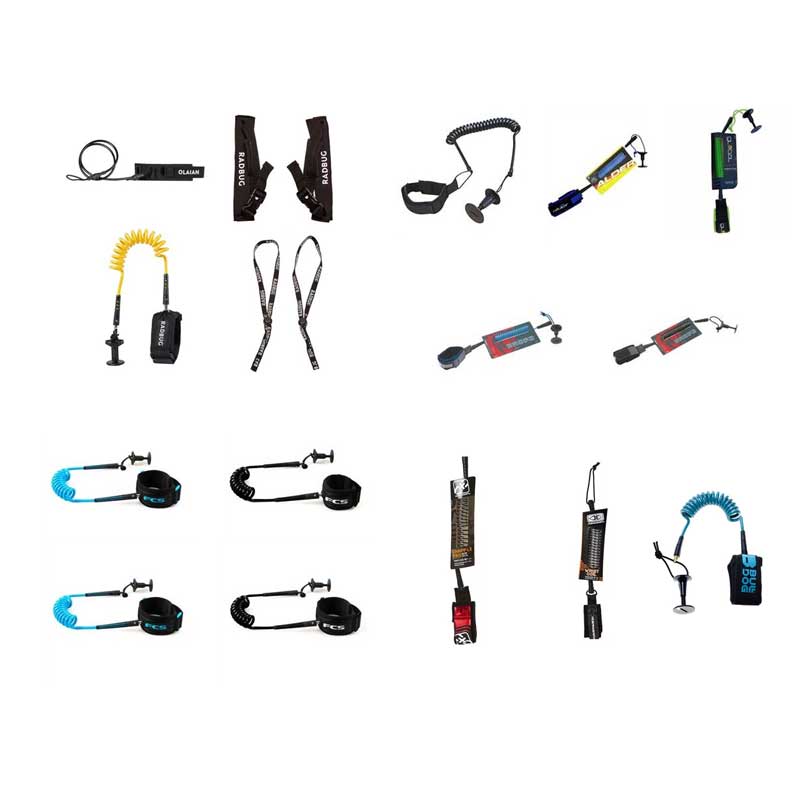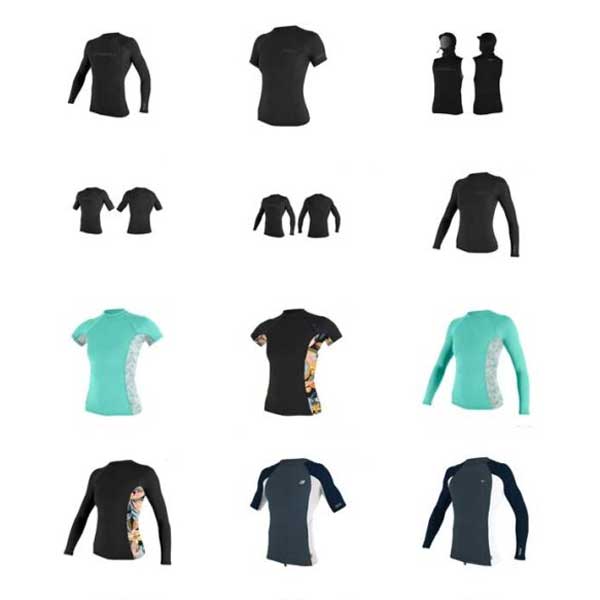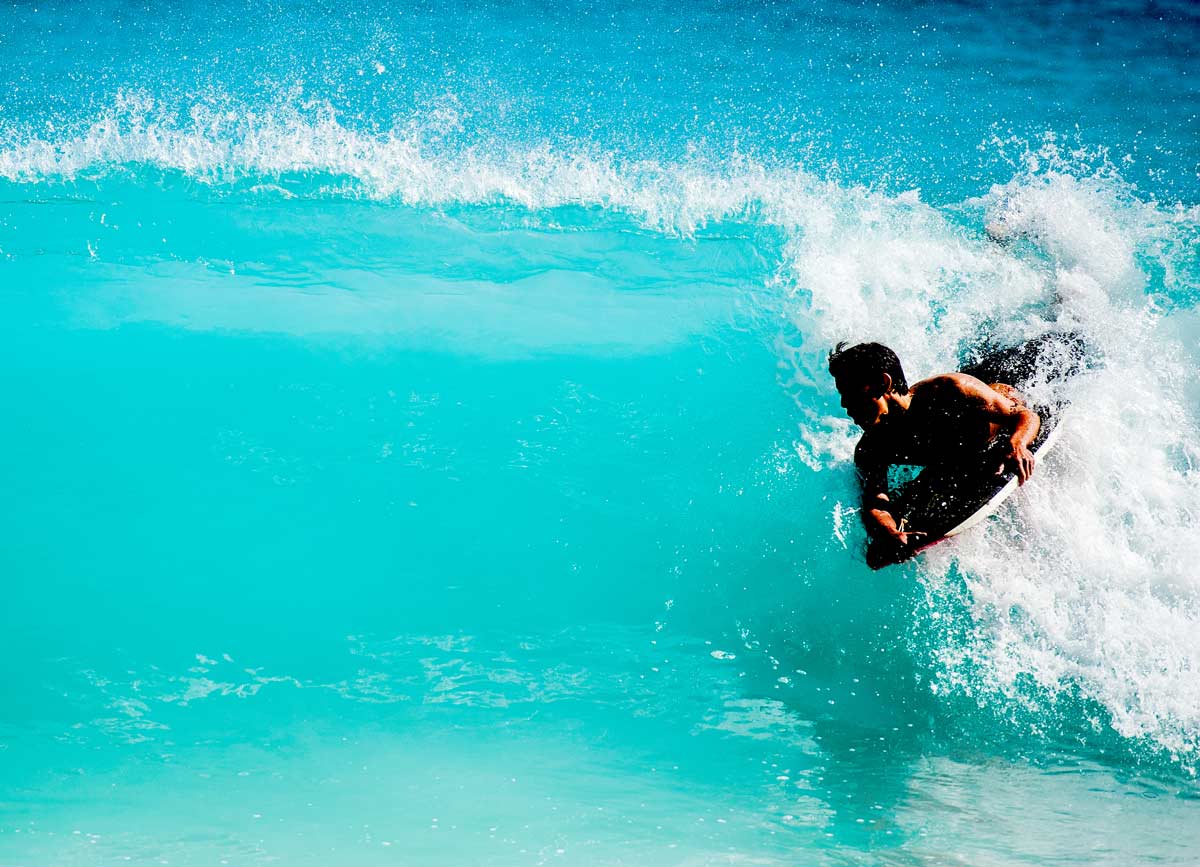
Welcome To Bodyboarder
The Best Bodyboards In The UK
Bodyboards
Bodyboard Essentials
An Introduction To Bodyboarding
Bodyboarding is a fun, easy-to-learn sport that involves riding the waves in a ‘prone’ position on a flat board.
Bodyboarding has roots in Hawaiian surf culture and has since evolved into a fun sport that people of all ages and skill levels can enjoy.
Bodyboarding is a versatile method of wave riding that can be executed in various conditions and locations.
Unlike surfing, which often requires certain weather conditions with suitable types of waves, Bodyboarding can be done in both small and large waves and both strong and weak currents making it a great sport for those who want to get out into the ocean without having to wait for the ‘right’ conditions.
In the United Kingdom, Bodyboarding is very popular during the summer months. There are many great spots for bodyboarding in the UK, from the south coast of England to the rugged coastline of Scotland
Bodyboarding requires a minimum amount of equipment to get started. Here’s what you need.
- Bodyboard
- Fins
- Wetsuit
- Leash
- Wax
About Bodyboards
Bodyboards typically have a foam core material such as EPS or high-density polyethylene surrounded by a layer of ‘slick’ skin, usually HDPE or Surlyn.
The foam core provides buoyancy and floats the rider on the surface of the waves, while the slick skin helps reduce drag and improve speed.
Rods run inside the Bodyboard. These are known as ‘stringers’. They can be single, double or triple.
Single Stringer: This is the most widely used type on beginner boards.
Double Stringer: Ideal for drop knee bodyboarding, the double stringer provides additional stability and control.
Triple Stringer: The triple stringer offers exceptional performance and manoeuvrability for the advanced bodyboarder looking to perfect their tricks.
Bodyboards are available in multiple lengths between 36-45 inches. The best size depends on the height and weight of the rider.
Bodyboards have a flat bottom, a curved deck, a straight nose and a bat or crescent tail.
Crescent tails feature on most Bodyboards. They are the best all-around shape for all levels of experience
- Improves control by putting more of your body in contact with the water’s surface
- The hips can be better positioned on the board to catch waves
- Improves your capacity to ride wave faces
- Allows tracking and trimming across the waves
Bat Tails are the preferred shape of advanced and pro-Bodyboarders
- Faster ride with more lift
- Increased control when riding out of moves
- Provides smoother turns under most conditions
- A better shape for tricks such as 360 spins
If you’re a newcomer to Bodyboarding, a crescent-tail-shaped Bodyboard is recommended.
Fins
Fins, also known as flippers, are an important piece of equipment for Bodyboarding, as they provide added propulsion when catching waves and greater control when riding them. Bodyboarding fins are usually shorter and stiffer than regular swim fins.
Wetsuits
Wetsuits are also crucial for Bodyboarding.
- The sea is always cold, even on the hottest of days. Wetsuits keep your body warm.
- Wetsuits also provide buoyancy, ensuring you rise to the surface quicker if you come off your Bodyboard.
- A wetsuit protects your body from the sun, the impact of water and sand and rashes from rubbing up the surface of your board
- Wetsuits reduce drag in the water, enabling you to propel and ride waves faster.
Rash Vests
Rash Vests protect bodyboarders from sunburn and skin irritation caused by friction against the board. They are typically made of lightweight, quick-drying fabric and come in various designs and colours.
Rash vests are a must-have for anyone planning to spend extended periods on their Bodyboard. They can be worn with Boardshorts (for those who don’t wear wet suits) or under wetsuits to prevent chafing.
Bodyboard Leash
Bodyboard Leashes ensure you are always attached to your Bodyboard and don’t lose it when you come off.
A spring coil connects to your wrist or bicep via a sleeve. The other end is connected to your Bodyboard.
Bodyboard Wax
Bodyboard Wax, also known as surf wax, is applied to the deck of a Bodyboard. The wax creates a grippy surface preventing the rider from slipping off when taking on waves. The type of wax used will depend on the water temperature and the rider’s preference.
